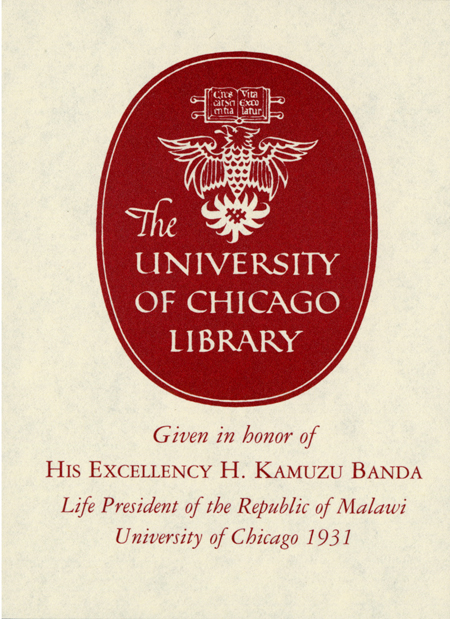Review by Choice Review
Fisher (Univ. of Birmingham, UK) and Wilén (Lunds Universitet, Sweden) explore the impact of African peacekeeping operations by African armed forces. They examine "repeated performances" by ten sub-Saharan militaries between 2008 and 2020. The book opens by exploring the historical evolution of African peacekeeping before examining how ten states employed such operations to uphold their governments. The authors suggest that the involvement of these militaries in peace-support operations provides a new means of upholding individual African regimes, whether authoritarian, semi-authoritarian, or democratic. The authors then turn to the connections between domestic and international politics. They argue that peacekeeping has allowed African governments greater room to maneuver on the world stage. Further, new identities constructed for the peacekeepers have led to material and ideational objects for the African Union, regional groupings, and individual states. Finally, the book meditates on the transition of these countries from war-torn states to peacekeepers while considering the distinctively African aspects of African peacekeeping. This is a first-rate, thoroughly researched, comparative analysis of a significant and under-explored topic. Summing Up: Highly recommended. Advanced undergraduates through faculty. --Claude E. Welch, emeritus, University at Buffalo, SUNY
Copyright American Library Association, used with permission.
Review by Choice Review

